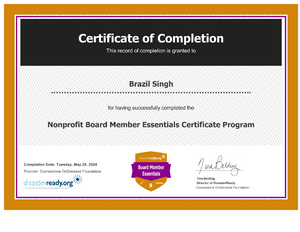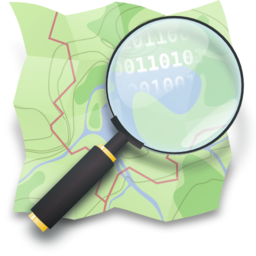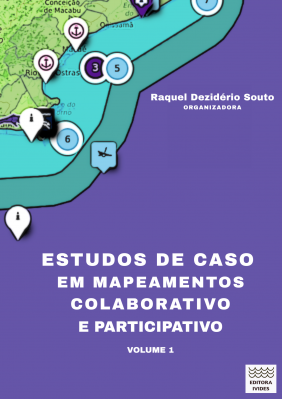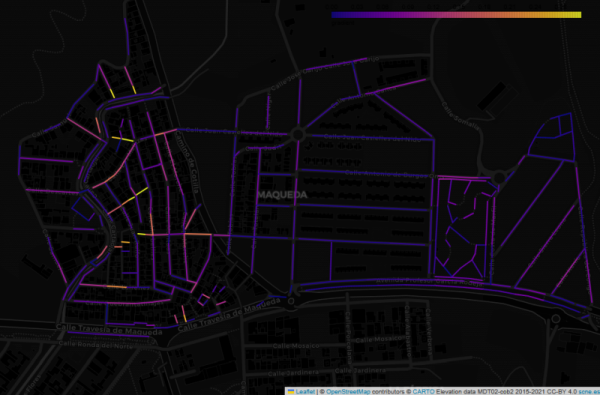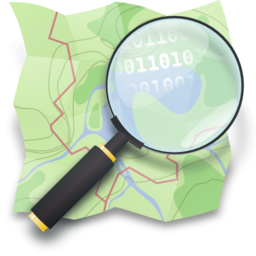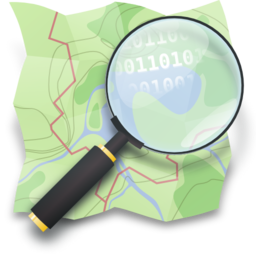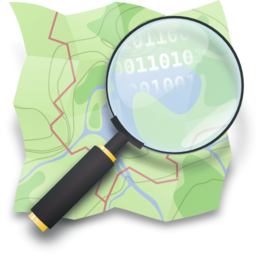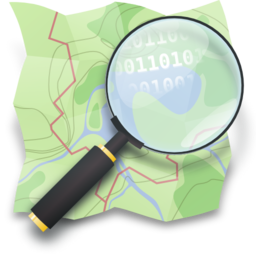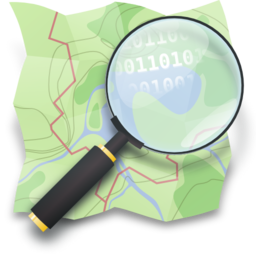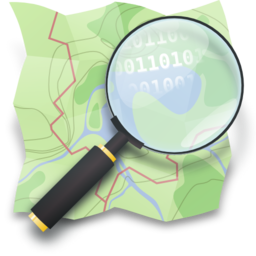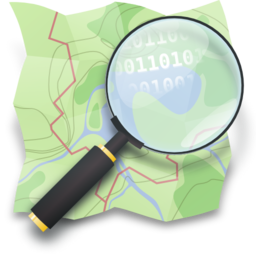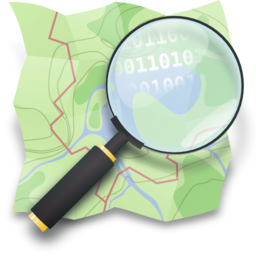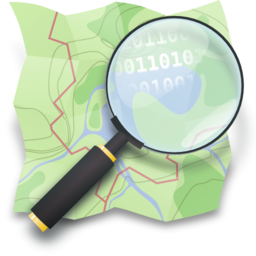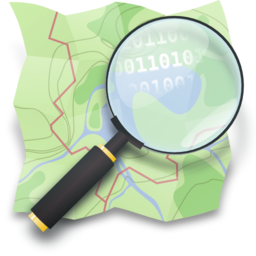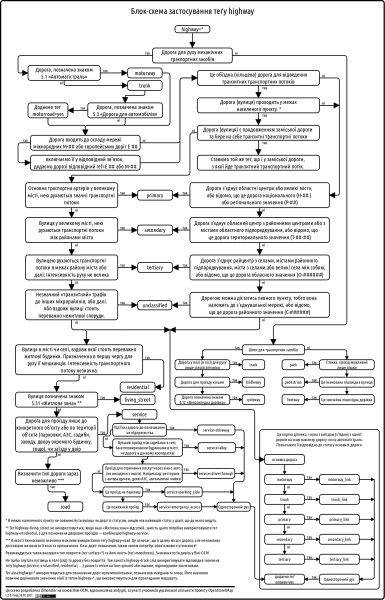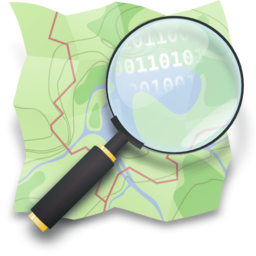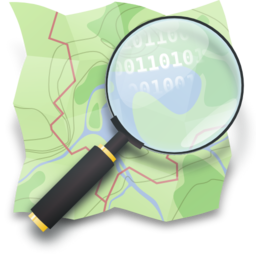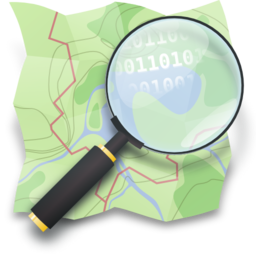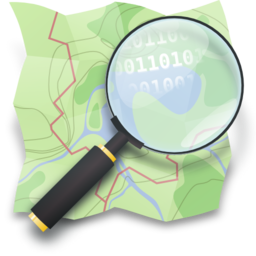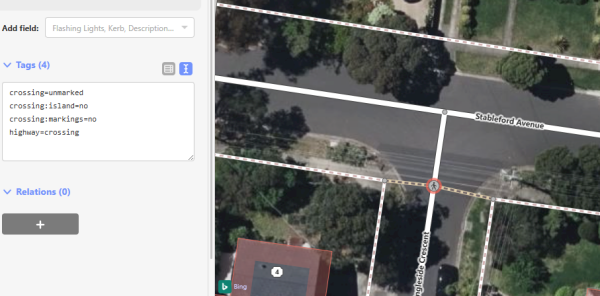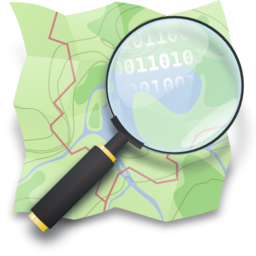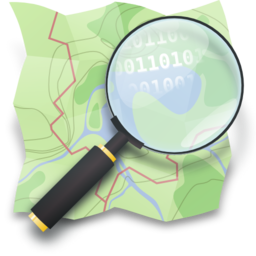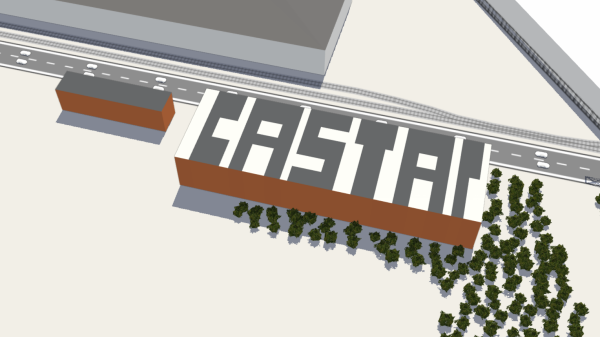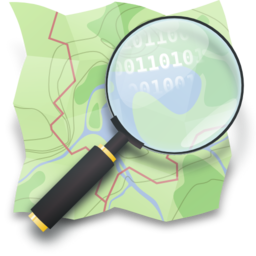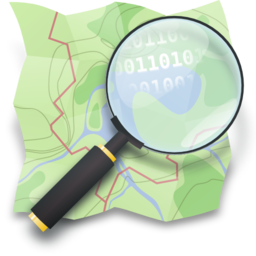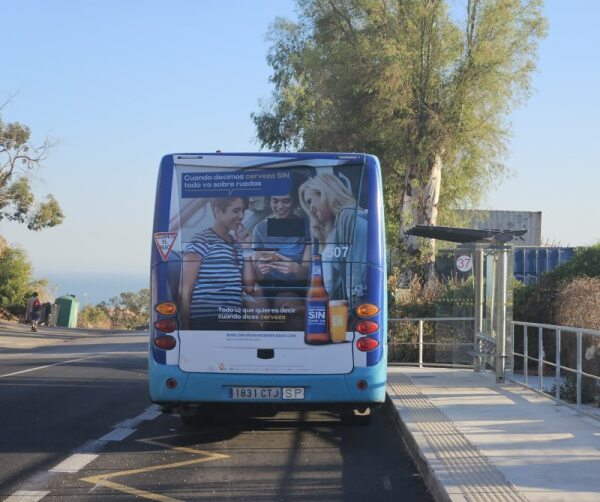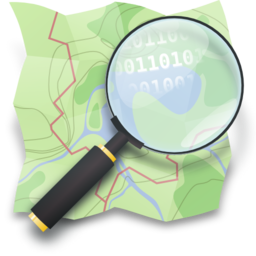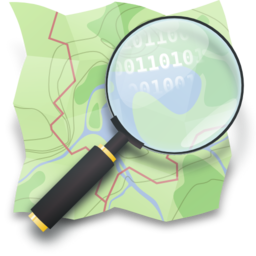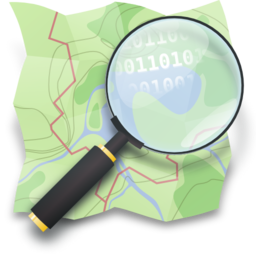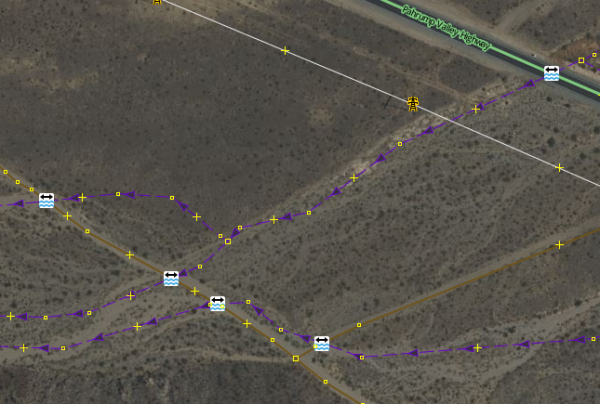A Manifesto for the OpenStreetMap Foundation Board by Brazil Singh
My favorite places to go during the summer time
Release of the book "Case studies on collaborative and participatory mapping"
This image shows the Maqueda barrio in Malaga, with streets colour-coded by estimated gradient. The flat area to the east shows up with cold colours, while the western part of the barrio, which straddles a ridge, generally has warmer colours.
I started mapping on 7 of August using StreetComplete. I discovered (unfortunately) that I understood some criteria concerning road smoothness wrong, and I was no longer sure if my edits from the first day were correct, so I decided to delete most of them, to remap and do it properly. Furthermore, I apologize if anyone had any inconvenience of my poor first mapping steps.
I will stick to mapping and hope to improve in the future. :)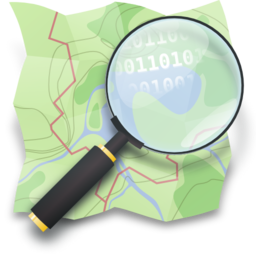
I will stick to mapping and hope to improve in the future. :)

Deleting own edits
I started mapping on 7 of August using StreetComplete. I discovered (unfortunately) that I understood some criteria concerning road smoothness wrong, and I was no longer sure if my edits from the first day were correct, so I decided to delete most of…OpenStreetMap
OSM Latest Changes (https://rene78.github.io/latest-changes/) just got a few updates to make exploring recent edits more insightful - and smoother!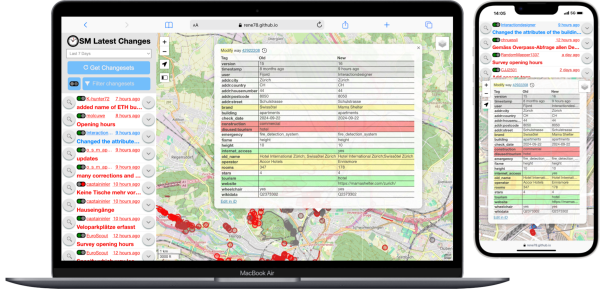

Minor Improvements to "OSM Latest Changes"
OSM Latest Changes (https://rene78.github.io/latest-changes/) just got a few updates to make exploring recent edits more insightful - and smoother!OpenStreetMap
Woah, I didnt realize how quickly this would be something Id like. I know my account has been around since 2022, but I seriously started mapping in mid-2025. ~10k Edits pretty quickly, and turns out I enjoy editing the map.
I like technology and adapting it for the sake of technology . I am not addicted to yet we can not escape it. I only carry my phone when necessary , a computer works so much better , a mix of the old and the new ,technology moves very quickly . I’d prefer a GPS to a 5G modem ,API are not as readily available now
Welcome to my diary, Where did I macro-mapped This will be available in English and not Italian cuz:
1. I need to speak better english
2.
1. I need to speak better english
2.
Youve been involved with OpenStreetMap for at least 15 years, the interviewers begin, marking the start of the session.
The Ndomba Sector (Collectivé de Ndomba) is the easternmost sector of the Kabeya-Kamuanga Territory. While the eastern and southern borders of the sector are as well the borders of the territory (which have already been mapped for years), the western…
Im excited to share the midterm progress on my Google Summer of Code 2025 project: Temporary Road Closures Database and API for OpenStreetMap.
Date: 28 March 2024
Title: Planning & Co-Creation Workshop on Mapping Road Network of Karnali
Venue: Care Nepal, Sanepa
Organizer: Open Mapping Hub Asia Pacific
Led By: Rabi Shrestha, Sr. Field Mapping Expert & Prajwal Sharma, Jr.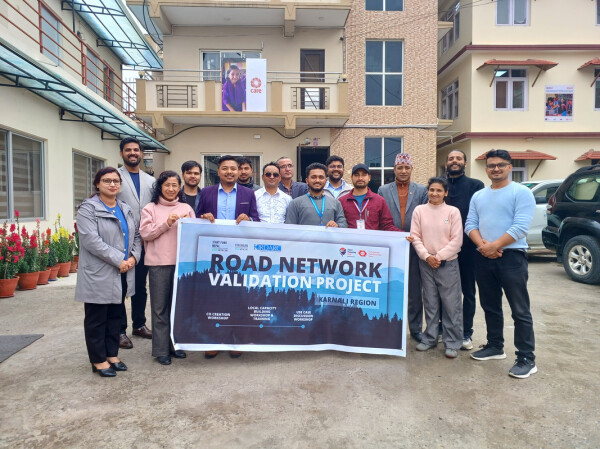
Title: Planning & Co-Creation Workshop on Mapping Road Network of Karnali
Venue: Care Nepal, Sanepa
Organizer: Open Mapping Hub Asia Pacific
Led By: Rabi Shrestha, Sr. Field Mapping Expert & Prajwal Sharma, Jr.

Co-Creation Workshop for Road Network Mapping in Karnali, Nepal
Date: 28 March 2024 Title: Planning & Co-Creation Workshop on Mapping Road Network of Karnali Venue: Care Nepal, Sanepa Organizer: Open Mapping Hub Asia Pacific Led By: Rabi Shrestha, Sr. Field Mapping Expert & Prajwal Sharma, Jr.OpenStreetMap
The Nominatim QA tool added a new layer Suspicious addr:state value
Ich hab selber recht umfangreiche Notizen über Obstbäume und arbeite aktuell daran die halbautomatisch mit OSM abzugleichen.
Ich habe mir dafür auch einen Spezialisierten Editor geschrieben: “Treewarden”.
Ich habe mir dafür auch einen Spezialisierten Editor geschrieben: “Treewarden”.
‘ve found myself drawn to a particular challenge: properly mapping the Rhondda Valleys in South Wales. It’s a task that’s proving both fascinating and frustrating in equal measure, but one that’s teaching me invaluable lessons about the complexities of local geography.
My approach has been quite straightforward - I’ve chosen to focus primarily on Ystrad, the area I know most intimately. This isn’t just because it’s familiar territory, but because understanding one place thoroughly seems like the best foundation for expanding outwards. Every quirk I discover, every mapping technique I develop, and every local peculiarity I uncover in Ystrad becomes a tool I can apply to neighbouring areas.
One of the most surprising aspects of this mapping project has been discovering just how much the “official” maps get wrong. I’ve taken to photographing street name signs and house numbers wherever I go - a habit that’s revealed some genuinely baffling discrepancies between reality and what appears on both Ordnance Survey maps and Google Maps.
The most striking example I’ve encountered is Bryn Terrace in Ystrad. This is a very real street, with real houses, real residents, and real post delivered daily. Yet somehow, it’s completely absent from both OS and Google mapping data. Walking down it, photographing the street sign, and checking my GPS coordinates left me questioning whether I was experiencing some sort of cartographic twilight zone. How does an entire street simply not exist in the digital world when it’s so clearly part of the physical one?
The house numbering systems throughout the Rhondda have provided another source of bewilderment. What might seem like straightforward sequential numbering often reveals itself to be anything but. Streets that appear to follow odd/even patterns suddenly throw in a completely out-of-sequence number, or entire ranges seem to have been skipped altogether.
These aren’t just historical quirks either - they’re active addresses that confuse delivery drivers and visitors alike. Mapping them accurately requires patient detective work, often involving conversations with locals who can explain the historical reasons behind these peculiarities. I recently found out about the note attribute, so I’m hoping to detail these nuances as I go along.
Each mapping session in teaches me something new about the challenges of accurately representing the real world in digital form. The lessons learned here - how to handle unusual address schemes, when to trust local knowledge over official sources, how to photograph evidence effectively - all prove invaluable when I venture into less familiar parts of the Rhondda.
What started as a simple desire to improve the map of my local area has evolved into a broader appreciation for the complexity of place. Every street name sign photographed, every GPS point recorded, and every correction made feels like a small victory in the ongoing battle to make OpenStreetMap truly representative of how people actually live and navigate their communities.
Our valley have decades of industrial and social history embedded in their geography, and much of that complexity isn’t captured in existing mapping data. Streets like Bryn Terrace might be missing entirely, whilst others are misnamed or incorrectly positioned.
By continuing this methodical approach, hopefully mastering Ystrad first, then expanding outwards with confidence - I’m hoping to contribute to a more accurate and useful map of this historically significant area of the world. After all, if we can’t get the basic building blocks right, how can we expect the map to serve the people who actually live here?
Onwards.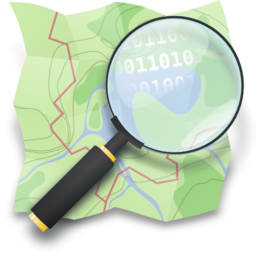
My approach has been quite straightforward - I’ve chosen to focus primarily on Ystrad, the area I know most intimately. This isn’t just because it’s familiar territory, but because understanding one place thoroughly seems like the best foundation for expanding outwards. Every quirk I discover, every mapping technique I develop, and every local peculiarity I uncover in Ystrad becomes a tool I can apply to neighbouring areas.
One of the most surprising aspects of this mapping project has been discovering just how much the “official” maps get wrong. I’ve taken to photographing street name signs and house numbers wherever I go - a habit that’s revealed some genuinely baffling discrepancies between reality and what appears on both Ordnance Survey maps and Google Maps.
The most striking example I’ve encountered is Bryn Terrace in Ystrad. This is a very real street, with real houses, real residents, and real post delivered daily. Yet somehow, it’s completely absent from both OS and Google mapping data. Walking down it, photographing the street sign, and checking my GPS coordinates left me questioning whether I was experiencing some sort of cartographic twilight zone. How does an entire street simply not exist in the digital world when it’s so clearly part of the physical one?
The house numbering systems throughout the Rhondda have provided another source of bewilderment. What might seem like straightforward sequential numbering often reveals itself to be anything but. Streets that appear to follow odd/even patterns suddenly throw in a completely out-of-sequence number, or entire ranges seem to have been skipped altogether.
These aren’t just historical quirks either - they’re active addresses that confuse delivery drivers and visitors alike. Mapping them accurately requires patient detective work, often involving conversations with locals who can explain the historical reasons behind these peculiarities. I recently found out about the note attribute, so I’m hoping to detail these nuances as I go along.
Each mapping session in teaches me something new about the challenges of accurately representing the real world in digital form. The lessons learned here - how to handle unusual address schemes, when to trust local knowledge over official sources, how to photograph evidence effectively - all prove invaluable when I venture into less familiar parts of the Rhondda.
What started as a simple desire to improve the map of my local area has evolved into a broader appreciation for the complexity of place. Every street name sign photographed, every GPS point recorded, and every correction made feels like a small victory in the ongoing battle to make OpenStreetMap truly representative of how people actually live and navigate their communities.
Our valley have decades of industrial and social history embedded in their geography, and much of that complexity isn’t captured in existing mapping data. Streets like Bryn Terrace might be missing entirely, whilst others are misnamed or incorrectly positioned.
By continuing this methodical approach, hopefully mastering Ystrad first, then expanding outwards with confidence - I’m hoping to contribute to a more accurate and useful map of this historically significant area of the world. After all, if we can’t get the basic building blocks right, how can we expect the map to serve the people who actually live here?
Onwards.

Mapping the Rhondda Valleys: A Local's Journey Through OpenStreetMap
ve found myself drawn to a particular challenge: properly mapping the Rhondda Valleys in South Wales. Its a task thats proving both fascinating and frustrating in equal measure, but one thats teaching me invaluable lessons about the complexities of l…OpenStreetMap
I wanted to share some analysis on a currently undefined part of the PWG Schema (Silver Tier specifically) that I originally posted on the OSM-US Slack.
OpenStreetMap is a map of the world, created by people like you and free to use under an open license.
Some websites allow users to post content with links to other sites and have previews for these links displayed alongside with the posts.
Those are typically social media sites, and well refer to them as social media in this diary entry.
Those are typically social media sites, and well refer to them as social media in this diary entry.
Following a suggestion by @andygol, I decided to refresh the Highway Tag Usage Scheme used by the Ukrainian OSM community. The original work on this scheme began back in 2013 — see the discussion in the Highways of Ukraine topic.
I continued on with the Happy Valley work, and found that I was able to do a portion of Johnny Hill Road.
I’ll be continuing on at this new pace.
I’ll be continuing on at this new pace.
Slowly working to edit and add information about public infrastructure, along with surveillance information.
Covered one side of Johnny Hill Drive between Hefler and Garland Street.
Hi OSM Community,
Today I added the location of our custom packaging workspace to the map to help local businesses and delivery services find us more easily. We specialize in producing eco-friendly and custom packaging solutions for food, retail, and cosmetic industries in the UK.
OpenStreetMap has been a great tool for navigating and contributing to local visibility. Mapping our business here also helps others discover nearby services and suppliers more efficiently.
If you’re ever searching for sustainable sandwich boxes, earring packaging, or cardboard containers, we’re here to help — and now easier to find on the map!
Looking forward to making more contributions to the platform soon.
Thanks, Custom Boxes UK
Today I added the location of our custom packaging workspace to the map to help local businesses and delivery services find us more easily. We specialize in producing eco-friendly and custom packaging solutions for food, retail, and cosmetic industries in the UK.
OpenStreetMap has been a great tool for navigating and contributing to local visibility. Mapping our business here also helps others discover nearby services and suppliers more efficiently.
If you’re ever searching for sustainable sandwich boxes, earring packaging, or cardboard containers, we’re here to help — and now easier to find on the map!
Looking forward to making more contributions to the platform soon.
Thanks, Custom Boxes UK
There has been a recent surge of interest in mapping walking infrastructure in Melbourne. This is very exciting because many parts have been lacking for a long time.
In Japan, when you buy tobaccos from a vending machine, you first have to prove that you are 20+ years old. Since 2008, The Japan Tobacconist Federation has been issuing taspo smart cards to adult smokers.
I added another set of buildings on Hamel Street and Garland Street. Had to also fix some naming issues on Hamel Street
I added another set of buildings on Hamel Street and Garland Street. Had to also fix some naming issues on Hamel Street
I added another set of buildings on Hamel Street and Garland Street. Had to also fix some naming issues on Hamel Street
A collection/showcase of the different buildings and areas that I have mapped in 3D (through much trial and error). Each location has a link to view on OSM where you can see what building parts and tagging Ive used to represent these buildings.
I added several more houses sheds and garages to the Happy Valley Goose Bay area. I think that i will try to add more to other areas shortly, and speed up my time to a street a day so that I can start on other communities sooner.
I added several more houses sheds and garages to the Happy Valley Goose Bay area. I think that i will try to add more to other areas shortly, and speed up my time to a street a day so that I can start on other communities sooner.
I added several more houses sheds and garages to the Happy Valley Goose Bay area. I think that i will try to add more to other areas shortly, and speed up my time to a street a day so that I can start on other communities sooner.
Newark Fence Co is a townhouse complex in Rosenberger Dr, Middletown, DE 19709
Recently Malagas bus route number 37 was extended to Residencia Santa Clara in the hills outside the city. This part of the route had been suspended for a few years, and I knew that some stops had been relocated in the meantime.
💕 https://www.openstreetmap.org/relation/1155266/history/177
💕 https://osm.mapki.com/history/relation/1155266#version-1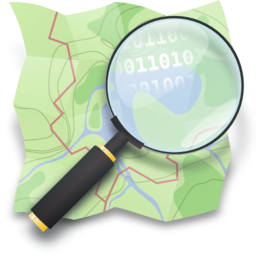
💕 https://osm.mapki.com/history/relation/1155266#version-1

bus route v177 for bas 177
💕 https://www.openstreetmap.org/relation/1155266/history/177 💕 https://osm.mapki.com/history/relation/1155266#version-1OpenStreetMap
I added several extra parts to Hamel Street, which I had to name, because apparently there hadn’t been a name available on it. I added several houses, and will add more soon.
I added data to the Mauritania mapping for the agricultural component of the UN. Most of these appear to have been a result of the shape of the landscape, around the farmland.
I think that next time I will use the Josm tool.
I added data to the Mauritania mapping for the agricultural component of the UN. Most of these appear to have been a result of the shape of the landscape, around the farmland.
I think that next time I will use the Josm tool.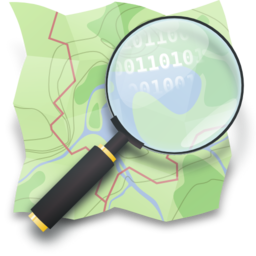
I think that next time I will use the Josm tool.
I added data to the Mauritania mapping for the agricultural component of the UN. Most of these appear to have been a result of the shape of the landscape, around the farmland.
I think that next time I will use the Josm tool.

Adding Data to the HOT Task
I added data to the Mauritania mapping for the agricultural component of the UN. Most of these appear to have been a result of the shape of the landscape, around the farmland. I think that next time I will use the Josm tool.OpenStreetMap
A style using the Shortbread vector tiles is now live on OpenStreetMap.org. Theres been some minor issues with the roll-out, but nothing that caused me to panic.
Many OSM validators will report an error if a crosses a without some additional tags or structure at the intersection, such as a bridge, culvert, or ford.
I like to map trees. Last year, I wrote a diary about trees mapping, a wiki page to document tagging of Italian monumental trees tagging, a trivia thread about the tallest trees in the database etc.
